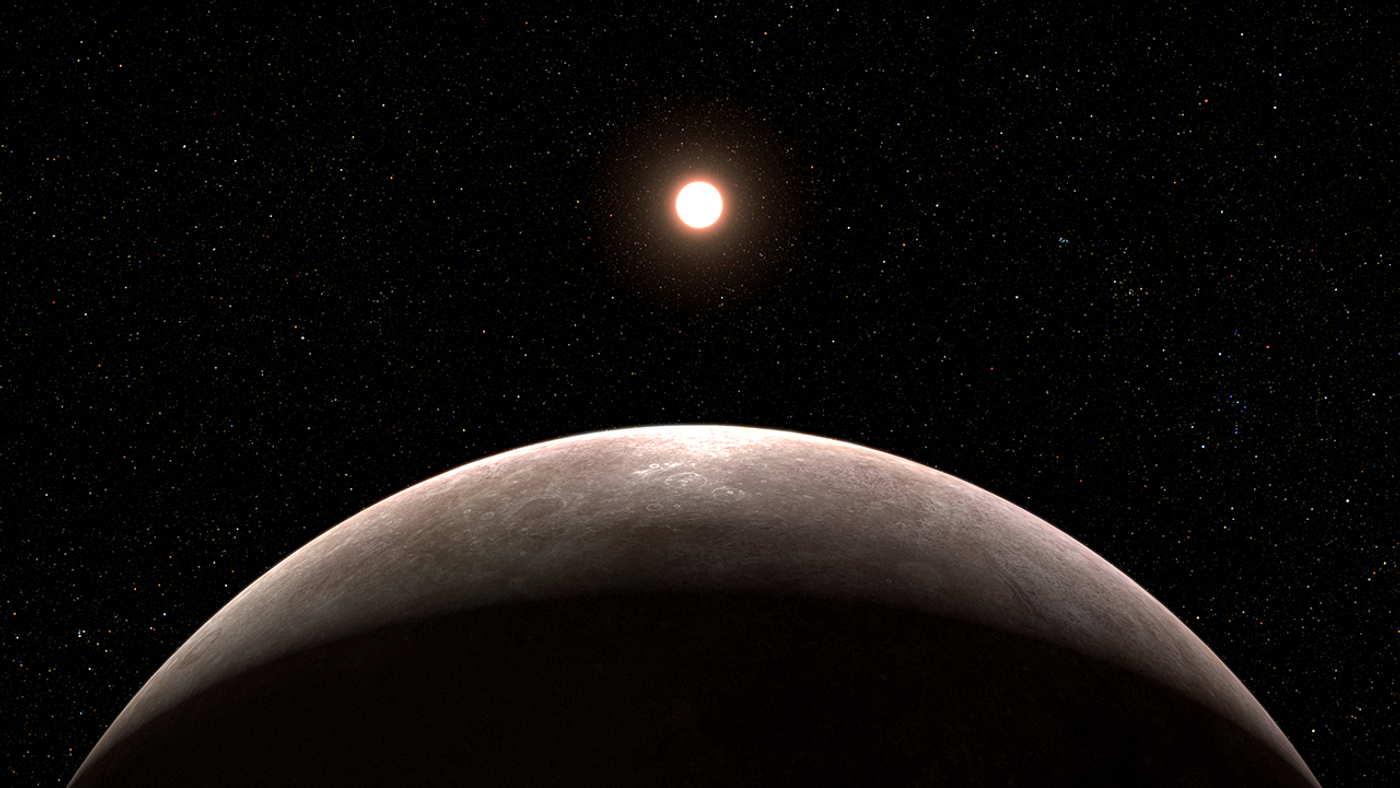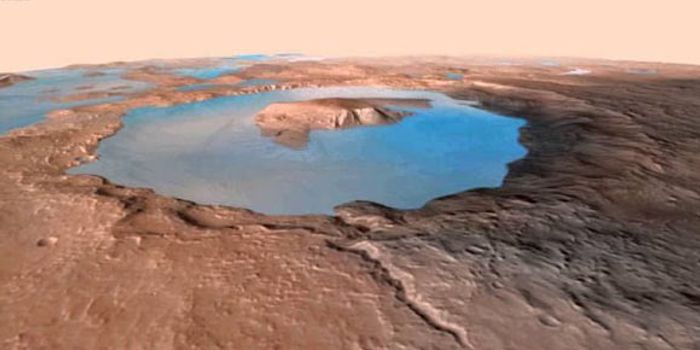JWST Confirms Its First Exoplanet
A team of scientists are using NASA’s James Webb Space Telescope (JWST) to identify and analyze rocky planets, much like our own planet Earth, orbiting red dwarf stars, stars that are smaller and cooler than our Sun. For the very first time, scientists have used JWST to confirm the existence of an exoplanet (a planet orbiting a star other than our own), opening up a new frontier for the detection of exoplanets with this new telescope and its extremely precise instruments. This will be the first of many exoplanets discovered using data from JWST. These exciting results were recently revealed in a press conference at the 241st meeting of the American Astronomical Society in Seattle, Washington.
To identify solar systems that may have unconfirmed exoplanets in orbit around their host stars, the team carefully reviewed a list of targets of interest complied using data from NASA’s Transiting Exoplanet Survey Satellite (TESS). Then, the team used JWST’s Near-Infrared Spectrograph (NIRSpec) to monitor stars from this list, watching for periodic decreases in brightness which could indicate a planet passing in front of – or transiting – the star, blocking its light.
NIRSpec was able to capture two such transit events easily, confirming the existence of a planet in orbit around the star LHS 475. The exoplanet, LHS 475 b, is a small, rocky planet that is almost exactly the same size as Earth at roughly 99% of Earth’s diameter. In addition, the planet is located very close to its host star, completing one full orbit in 2 days, compared to Earth’s 365-day orbit.
The team also attempted to characterize the atmosphere of LHS 475 b. To do so, they took a transmission spectrum. This type of spectrum is obtained by comparing starlight filtered through the planet’s atmosphere as it moved in front of the star to the unfiltered starlight that is detected when the planet is not passing in front of the star. The transmission spectrum would ideally show signatures of molecules that exist in the atmosphere of the planet, but no atmospheric features were detected. Thus, the team is not able to definitively say if the planet has an atmosphere or what a possible atmosphere would be composed of at this point. Further observations are scheduled for this upcoming summer to shed some light on this mystery.
Source: Webb Space Telescope









